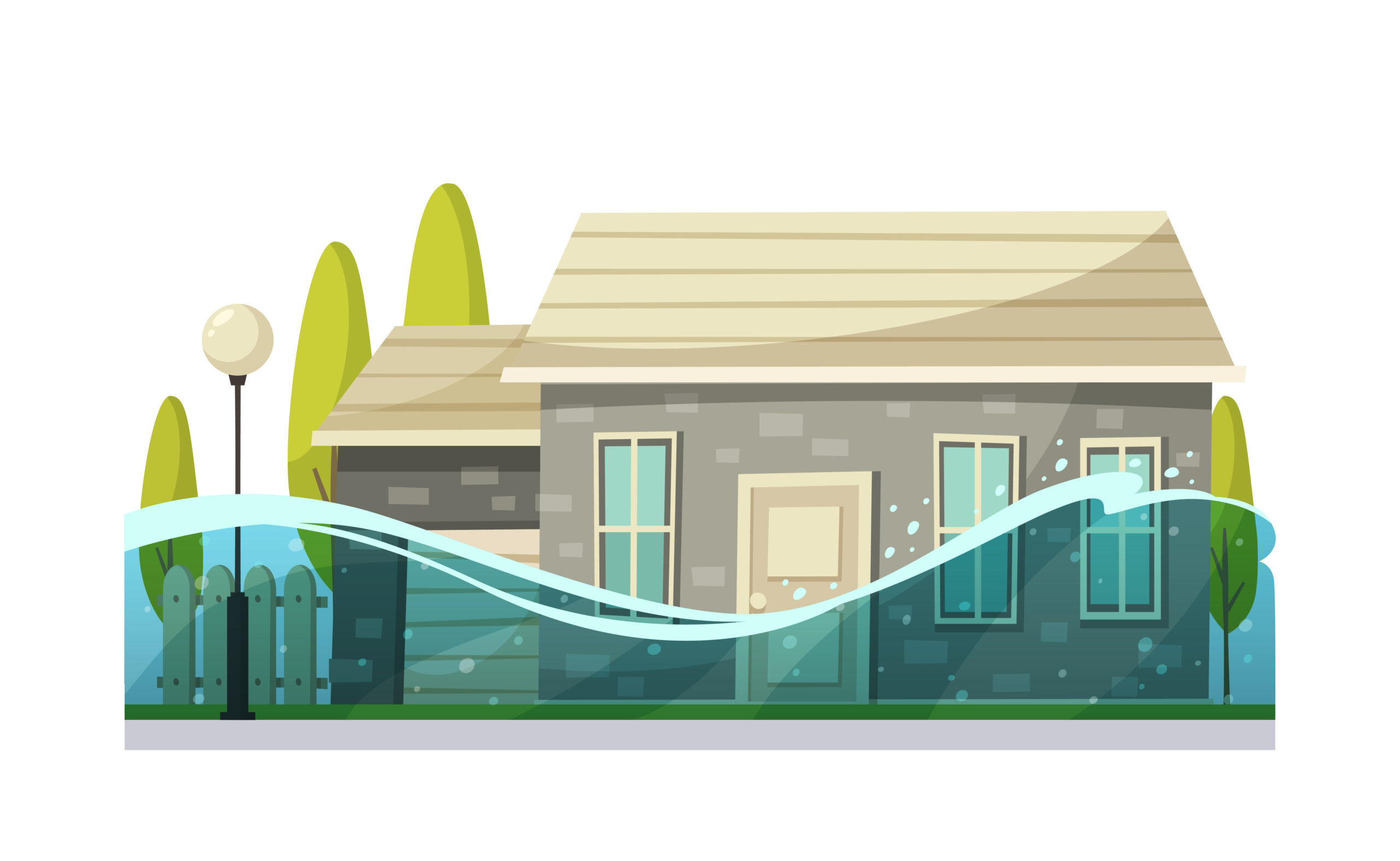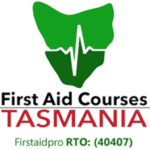Having a first aid kit is the first step in safeguarding seniors in the event of an emergency or natural disaster. Anything we can do to prepare now will help mitigate the risks of serious injuries and complications.
Read on to learn the essential items in a senior first aid kit.
First Aid For Seniors
First aid is an important consideration when living or caring for an elderly at home or an aged care facility. The fact is that seniors are more susceptible to accidents and injuries seniors are more susceptible to accidents and injuries due to their lack of strength, lack of flexibility, and brittle bones. The changes in the senses (sight, hearing, touch, smell, and taste) can also make them susceptible to unfortunate events. For these reasons, it is important to keep a well-stocked first aid kit on hand that is specially curated to address the needs of the elderly. You can purchase a premade kit available in pharmacies and local stores or create one of your own. A specialised kit is recommended for those who have prescription medication and existing conditions that require maintenance. After creating or purchasing one, place the first aid kit somewhere where you can locate it quickly. Check the kit regularly, replace expired items, and update informational lists. Creating a list of medical contacts, medications, and other must-haves could be proven beneficial when putting together a first aid kit for seniors.What To Put In A Senior First Aid Kit?
Most first aid kits are considered for every age, but with seniors, you may need to change some items to fit their needs. Print out his list while assembling a first aid kit for seniors.Medicine Tracker
A comprehensive list of their current medications and dosages should be written on paper or saved on a mobile device. These include insulin and other over-the-counter pain medication and vitamins. This is particularly helpful in case of an accident, as it will help medical professionals determine the best emergency care.Thermometer
Add to your kit a modern electronic thermometer that can provide a quick reading of body temperature. A thermometer is a device that can assess someone’s condition, such as if they are overly hot or cold. Seniors need to have their temperature checked from time to time for possible illness or complications after an injury.Instant Cold Pack
Since seniors are more prone to fall and hurting themselves, prepare a cold compress that can help reduce swelling and pain.Bandages
Aside from supporting an injured leg after a fall, some bandages can also help stop the bleeding if there are wounds present.Scissors
Scissors are a good thing to have in any type of first aid kit, but a pair of shears is especially necessary for a senior kit. Ensure the scissors are tough enough to cut thick clothing in emergencies but have a blunt side to make sure they do not cut their skin. Other items to include in the senior first aid kit are:- Butterfly closures
- Self-adherent bandages
- Transparent film dressing
- Paper tape
- Roller/non-stick gauze
- Antiseptic lotion or wipes
- Antibiotic ointment
- Safety pins and needles
- Emergency contact details, and more.








